The Future of Paintbrush Bristle and Filament: A Fusion of Tradition and Innovation
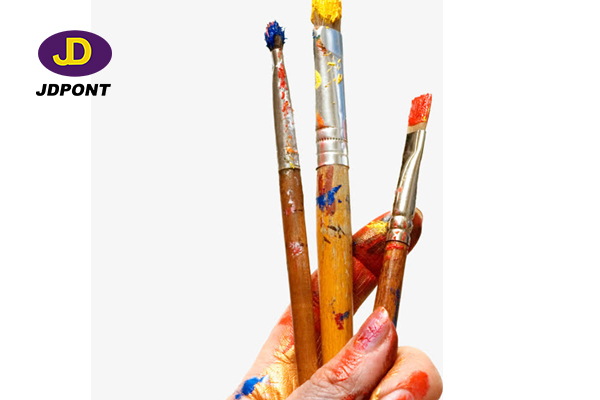
The evolution of paintbrushes mirrors the journey of art itself: constantly changing, innovating, and blending old techniques with new. Just as the art world is experiencing a revolution with digital technologies and emerging mediums, the humble paintbrush is not being left behind. The future of paintbrush bristle and filament is at the exciting intersection of tradition and cutting-edge technology.
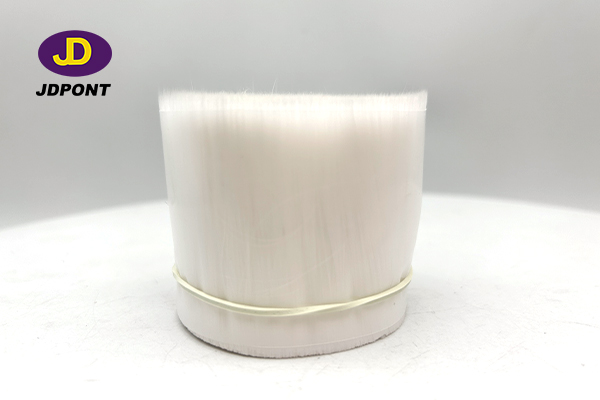
1. The Traditional Bristle: A Legacy of Craftsmanship
Natural bristles, especially hog hair, have been preferred by artists for centuries. Their capacity to hold paint, their resilience, and their ability to maintain a fine point or edge have made them indispensable. Their organic imperfections often introduce elements of randomness in strokes, adding character to a painting.
However, sourcing these natural bristles has environmental and ethical implications. As we become more conscious of animal welfare and sustainability, there's an impetus to find alternatives that can match, if not surpass, the qualities of traditional bristles.
2. Synthetics: The Dawn of Filaments
Synthetic filaments, made from materials like nylon and polyester, were first introduced as an economical and more consistent alternative to natural bristles. With the advantage of being more resistant to wear and tear from acrylic paints or solvents, these synthetic brushes found their niche.
Recent advancements in polymer technology have produced filaments that can almost mimic the paint-holding capacity and feel of natural bristles. Moreover, with controlled manufacturing processes, artists can expect consistent quality in every brush they purchase.
3. Biotechnology and the New Age Bristle
With the progress in biotechnology, researchers are exploring the growth of bioengineered bristles in labs. These lab-grown bristles can potentially combine the best of both worlds – the characteristics of natural bristles and the ethical and environmental benefits of synthetics.
4. Smart Brushes: The Fusion of Tech and Art
The idea of smart paintbrushes is no longer a distant dream. Brushes embedded with sensors can communicate with digital canvases, allowing artists to blend traditional painting techniques with digital modifications. Imagine a brush that can adjust its stiffness based on user feedback or one that can change its filament properties dynamically based on the medium being used.
5. Eco-conscious and Sustainable Brushes
With the global shift towards sustainability, future paintbrushes might not only focus on performance but also on their environmental footprint. This could mean brushes crafted from recycled materials, biodegradable brushes, or even brushes designed for longer life and reduced waste.
6. Personalized and 3D Printed Brushes
As 3D printing becomes more sophisticated, artists might be able to design and print brushes tailored to their specific needs. Whether it's a unique shape, bristle blend, or handle design, personalization will allow artists to have tools that resonate with their individuality.
Conclusion
The paintbrush, an age-old tool, remains at the heart of the artist's journey, and its future is as vibrant as the art it helps create. As we venture forward, the fusion of tradition, innovation, sustainability, and personalization will reshape the paintbrush, ensuring that it continues to evolve with the needs of the artist and the changing landscape of art.

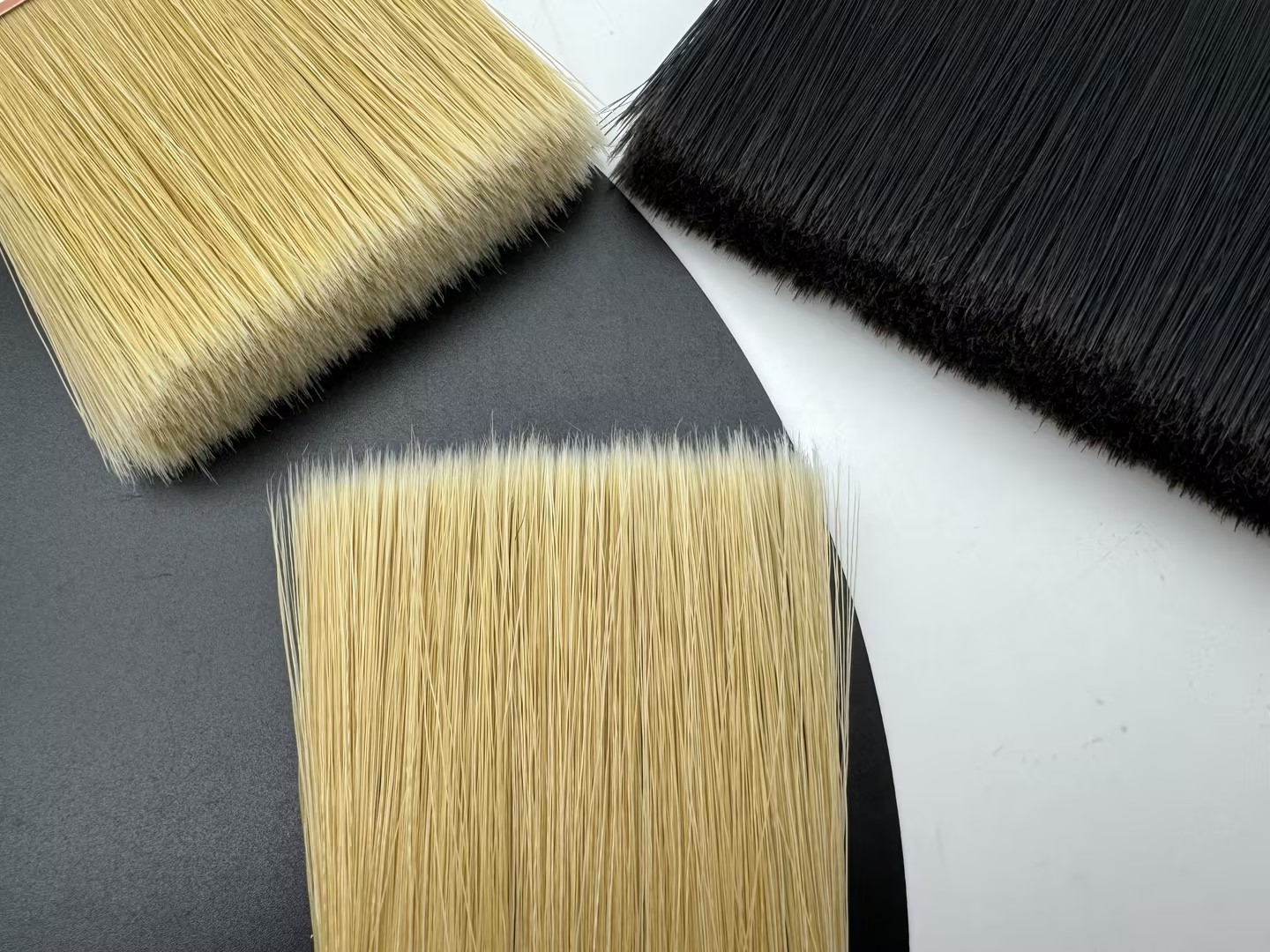
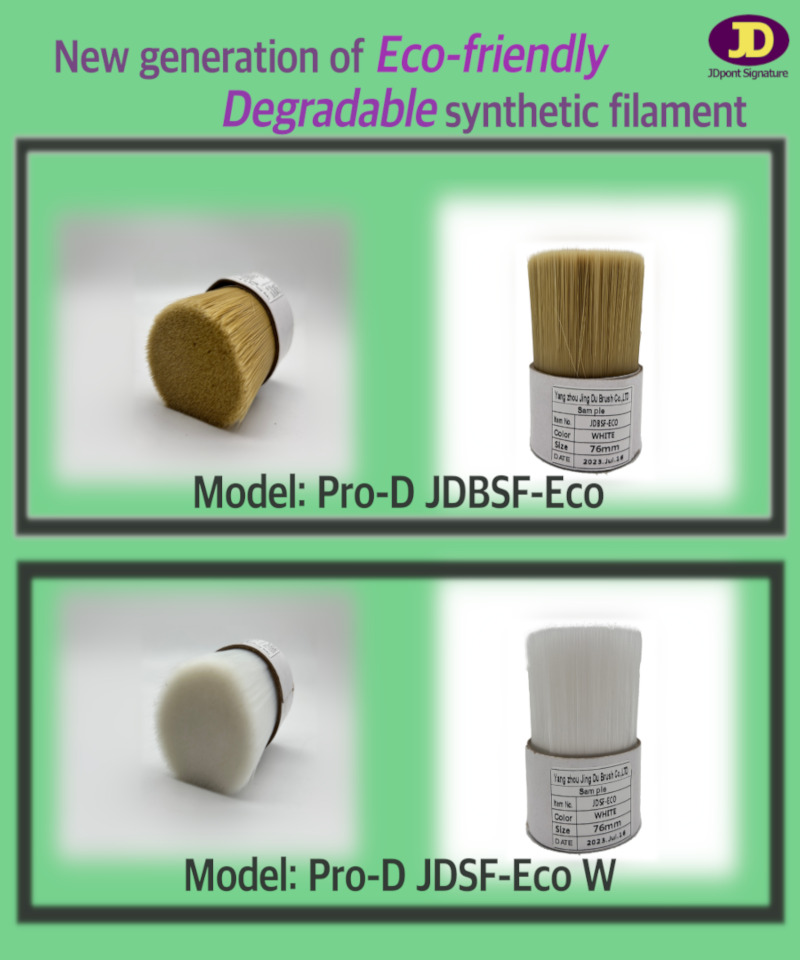
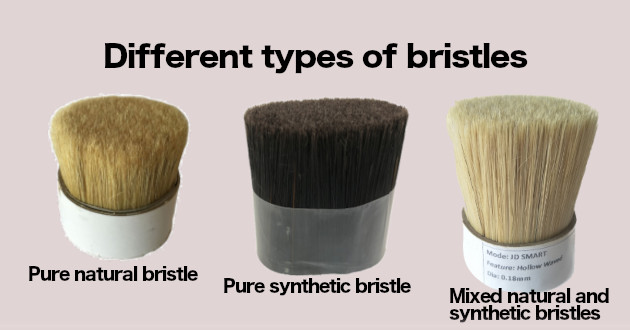
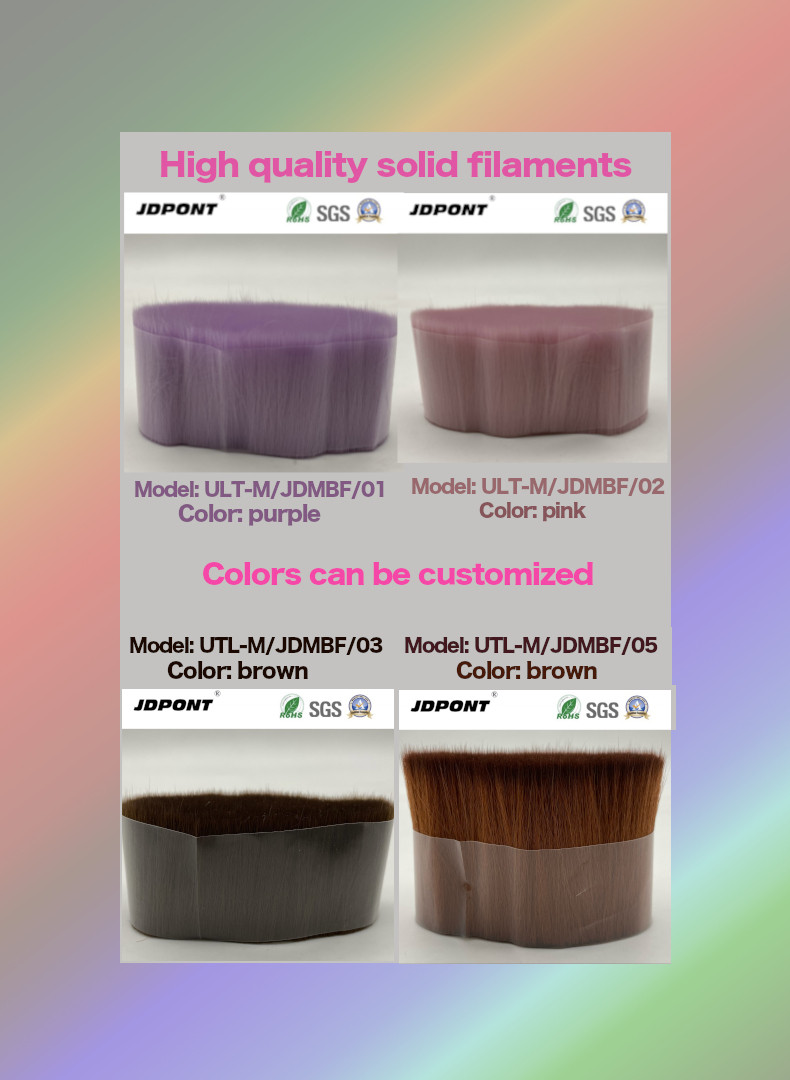

 20017-2022 Yangzhou Jingdu Brush Co.,Ltd
20017-2022 Yangzhou Jingdu Brush Co.,Ltd 
 Subscribe
Subscribe